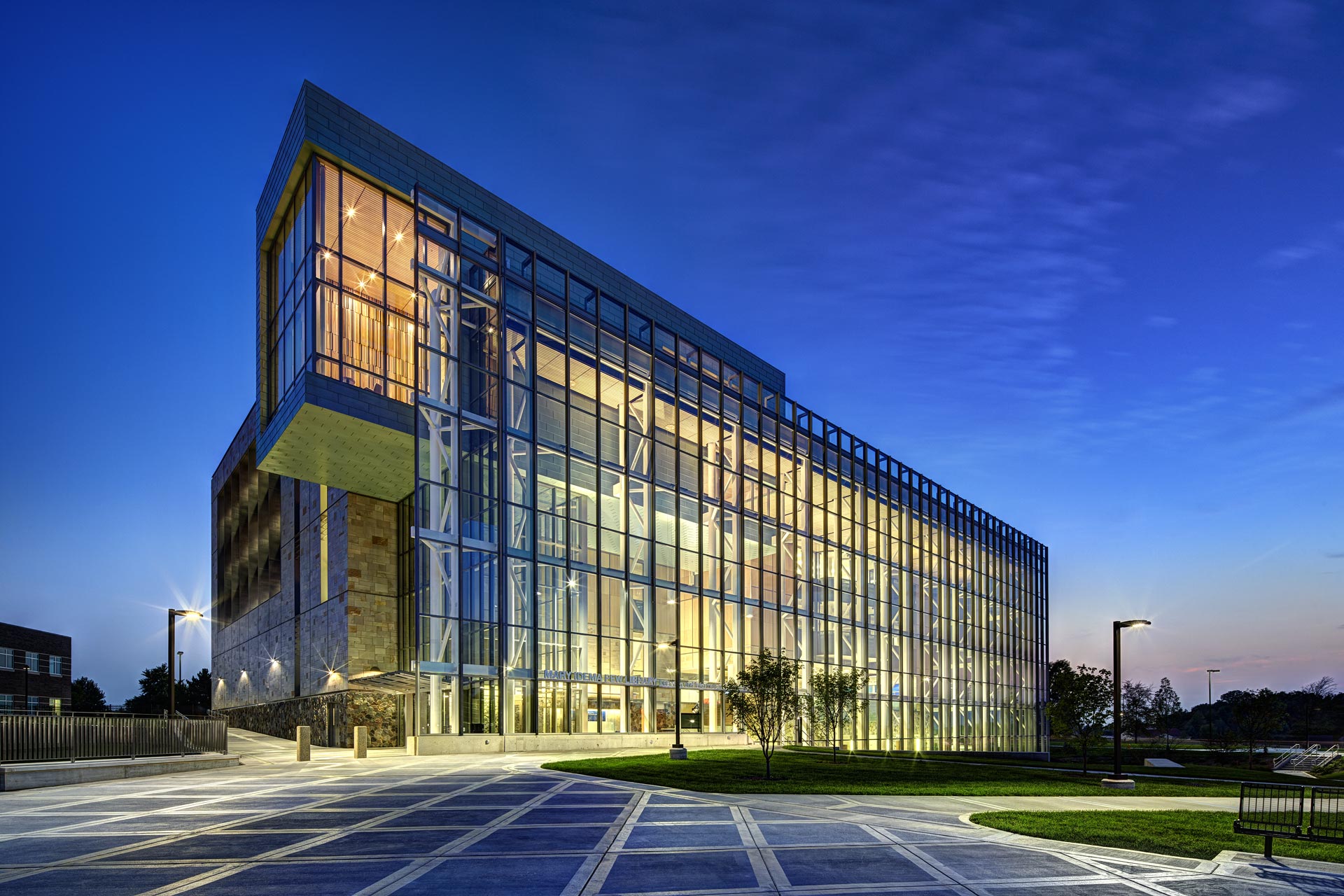The Link to Content in 21st-Century Libraries — from er.educause.edu by Joan Lippincott
Excerpt (emphasis DSC):
At the 2017 Designing Libraries for the 21st Century annual conference, architect Craig Dykers asked the audience what he described as a rhetorical question: Are libraries places for information, with people in them, or are they places for people, with information in them? He concluded that ideally, today’s libraries, as they have always been, are places for the interaction of people, knowledge, and technologies. One reason that library renovations have brought record numbers of people into the physical building is that the notion of how people interact with content began to expand when available technologies were introduced to libraries in the 1990s. Two specific concepts motivated many of the changes in library spaces beginning at that time. First was the realization that libraries could become places for students and faculty to create content rather than places merely to access content. Second was an increased emphasis in higher education pedagogy on active, collaborative learning, in contrast to the traditional, passive lecture mode. These trends led to some pervasive changes in library space configurations, but sometimes the emphasis on information or content got lost along the way.
Architect Craig Dykers asked the audience what he described as a rhetorical question: Are libraries places for information, with people in them, or are they places for people, with information in them? He concluded that ideally, today’s libraries, as they have always been, are places for the interaction of people, knowledge, and technologies.
From DSC:
I agree with my friend and colleague, Mr. Eric Kunnen (Associate Director, eLearning and Emerging Technologies at GVSU), when he mentions on Twitter that it would have been good to highlight the beautifully done Mary Idema Pew Library Learning and Information Commons in this solid article.









